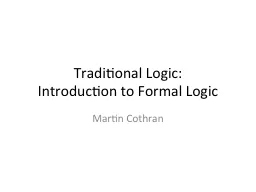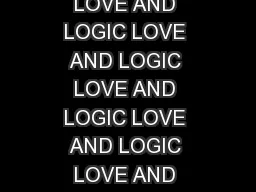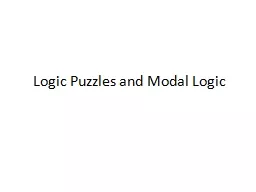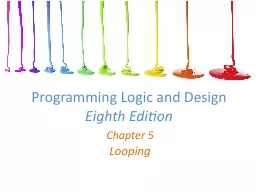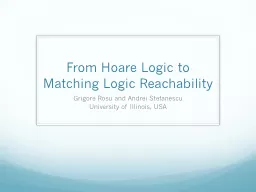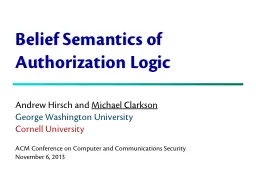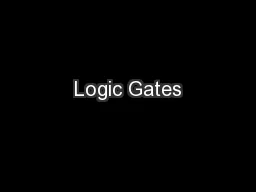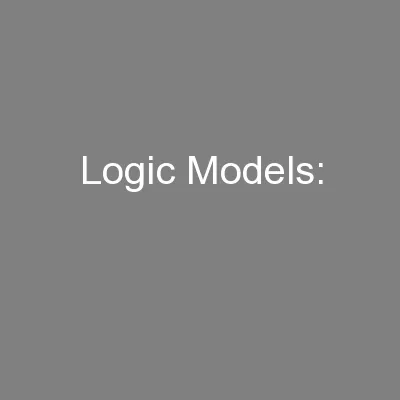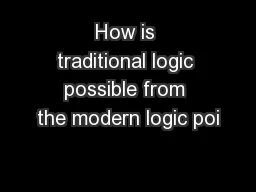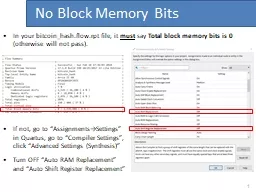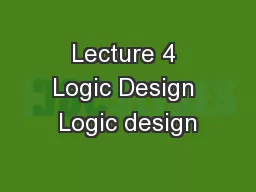PPT-Traditional Logic:
Author : jane-oiler | Published Date : 2016-02-18
Introduction to Formal Logic Martin Cothran Introduction Logic The Basics 1 Logic The science of right thinking German philosopher Immanuel Kant called Aristotle
Presentation Embed Code
Download Presentation
Download Presentation The PPT/PDF document "Traditional Logic:" is the property of its rightful owner. Permission is granted to download and print the materials on this website for personal, non-commercial use only, and to display it on your personal computer provided you do not modify the materials and that you retain all copyright notices contained in the materials. By downloading content from our website, you accept the terms of this agreement.
Traditional Logic:: Transcript
Download Rules Of Document
"Traditional Logic:"The content belongs to its owner. You may download and print it for personal use, without modification, and keep all copyright notices. By downloading, you agree to these terms.
Related Documents

